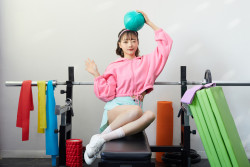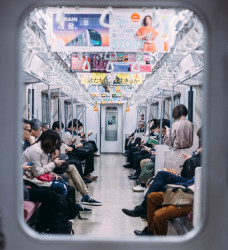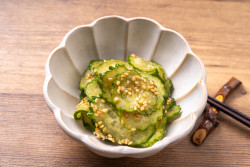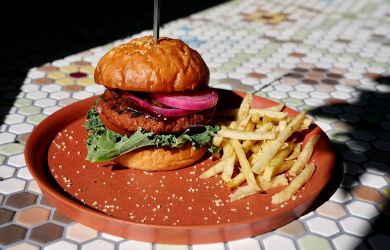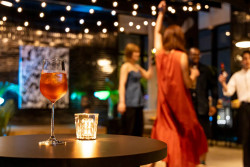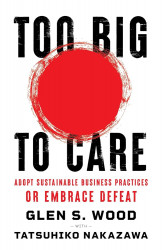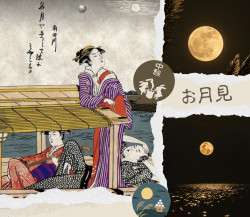
March 25, 2010
With Weight
Julia Vessey joins a growing number of Westerners infatuated with butoh
By Metropolis
Originally published on metropolis.co.jp on March 2010
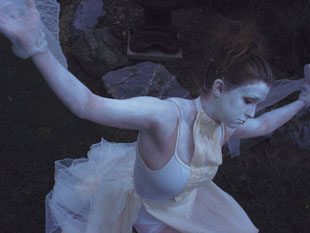
Photo by Drew Bergman
Our dance column last month looked at Suji Tap, a young Japanese man expressing himself through the Western art form of tap dance. But with increasing frequency, Westerners are seeking to channel their creativity through Japanese art forms.
American dancer/choreographer Julia Vessey first came across the avant-garde postwar dance form butoh in 2006, and as for a small but growing number of Western aficionados, life hasn’t been the same since.
“I always felt there was something missing with my ballet and contemporary dance training—I couldn’t say what I wanted to as a choreographer,” she recalls at butoh company Dairakudakan’s Kichijoji studio, where she is currently an apprentice. “The first time I saw butoh was an incredible realization. I saw this strange, human, beautiful, grotesque movement, and just fell in love. I felt like butoh was the vocabulary in which I wanted to speak as a choreographer.”
Vessey ended up writing her master’s thesis on butoh at Arizona State University in 2008, and staging a performance without ever having actually studied the form directly. While the piece was well received, she decided to get a better grasp of butoh by accepting legendary Dairakudakan leader Akaji Maro’s invitation to study with the company in Japan. The pair had met while Vessey was Maro’s liaison at the American Dance Festival in 2008.
From the beginning, Vessey’s ambition was more than merely to study. “The whole summer I had been saying, ‘I want to have a butoh company in the States,’” she recalls. “I want to make it more available, and tell everybody in America about this, and teach it in a university setting. That was the birth of my company Shojorakudava [“Virgin-Camel-Virginia”], and Maro was just as excited about having his butoh and philosophy taken to the United States—and happy to have me as the vessel.”
The culmination of Vessey’s year in Kichijoji takes place next month, when she and Dairakudakan stage her new work, With Weight.
“With the title, I’m literally playing with how to move with weight,” she explains. “For example, whether you move with either lightness or heaviness on a rainy day, or a windy day, or a sad or happy day, and how the kind of day you have changes how you move. Each section plays with those elements, either with an emotional or actual physical weight. I’ve tried to take the gymnastics movements that they teach and turn them into art.”
During her studies with Dairakudakan, Vessey was able to correct some of the common stereotypes she had of butoh, a notoriously difficult-to-define form founded by Tatsumi Hijikata and Kazuo Ohno in the early ’60s.
“I was looking at the shape created by the butoh dancers, whereas what I learned is that it’s feelings and concepts on the inside that are making that shape,” she says.
“When I first got into butoh, most of the literature was about how it is an art form that was begun because of the bombings and it’s all about agony, but it actually isn’t,” she adds. “Most of the Dairakudakan pieces I’ve seen have these really funny moments, and I find that it’s not so much about agony or darkness or despair, as about life. And not just human life, but any life: even a beast or a paper bag in the ocean. It’s not about the darkness or heaviness of life—the art form is a lot less full of despair than I and most Westerners think.”
In the process, Vessey reevaluated her understanding of dance itself.
“I had to change my thinking that dance was about constant movement. I didn’t think I would be able to be still for so long, but my understanding of butoh’s stillness—and the reason it seems like so much is going on even if the movement is so minimal—is that there is so much going on,” she says. “They have strong images going on in their heads—like being pulled on a string by a giant—so that you are not bored as a dancer, and you are not boring your audience, either.”
With Weight
American dancer Julia Vessey performs her newest work with butoh company Dairakudakan. Apr 16, 8pm; Apr 17, 3 & 8pm, ¥1,500 (adv)/¥2,000 (door). Dairakudakan Studio Kochuten, Kichijoji. Tel: 0422-21-4984.
